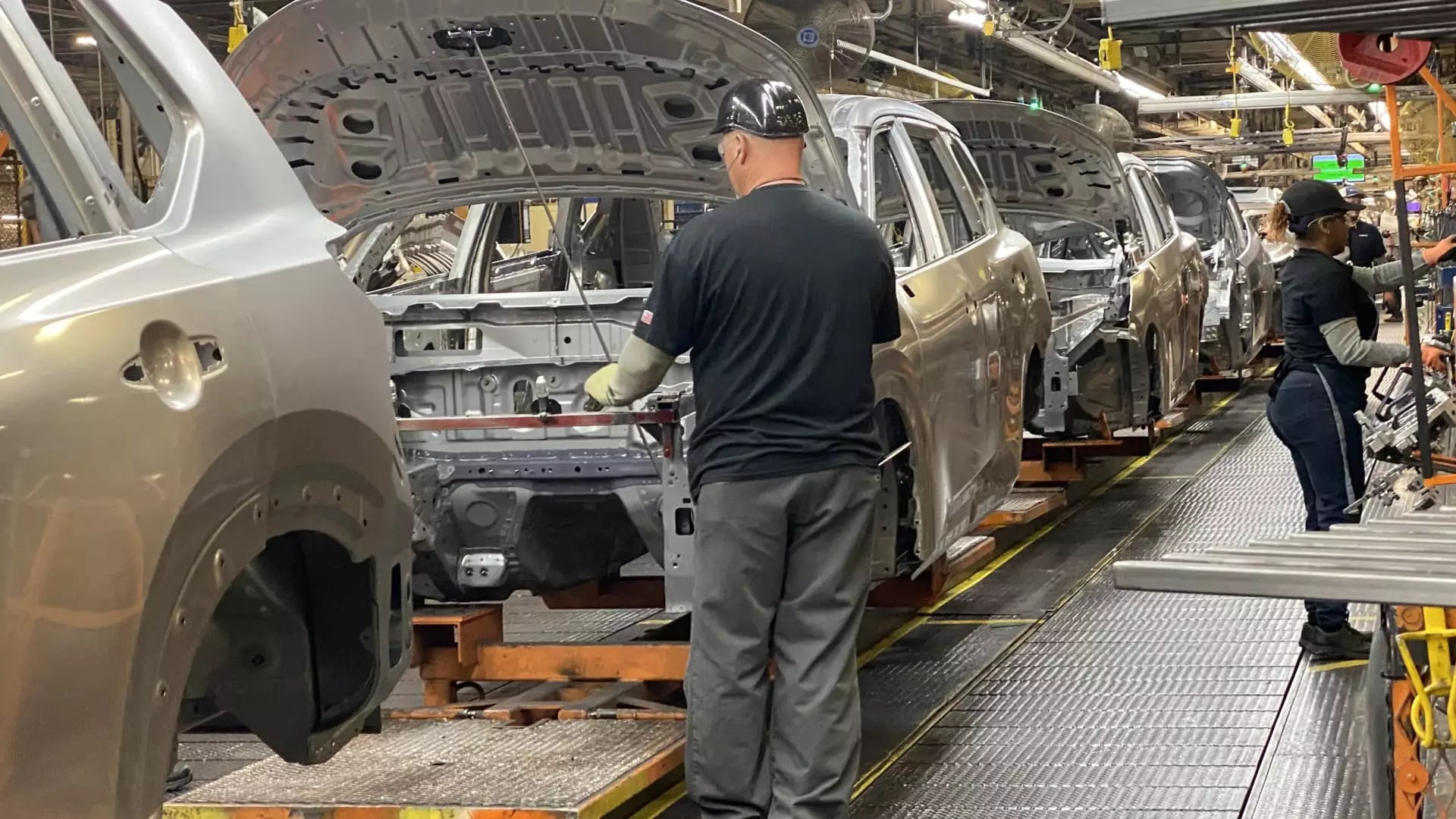The automotive industry is entering uncharted territory, with President Donald Trump’s 25% tariffs on imported vehicles setting off a chain reaction of economic ramifications. As more nations brace for the fallout, analysts predict that these tariffs could lead to a staggering decline in vehicle sales, soaring vehicle prices, and a predicted impact of over $100 billion on the industry. This is not just a temporary blip; it’s a seismic shift in how automotive manufacturing and sales are approached, and the consequences could alter the landscape for years to come.
Such aggressive trade policies hammer domestic auto manufacturers and amplify global tensions. In an increasingly competitive marketplace, the repercussions of these tariffs hit not just the carmakers but also consumers and the broader economy, raising critical questions about the sustainability of American industrial competitiveness.
Profound Changes in Sales Dynamics
As the tariffs tighten their grip, the automotive sector could experience a catastrophic reduction in sales, with estimates suggesting up to 2 million fewer vehicles sold annually in the U.S. and Canada. A survey conducted by industry watchers indicates that the impending hikes in vehicle prices will extinguish consumer demand further, leading to a vicious cycle of declining sales and inflated costs. Automakers are grappling with the challenge of passing these costs onto consumers. However, the precarious nature of buyer sentiment—exacerbated by rising inflation and dwindling affordability—suggests that many might opt out of new purchases altogether.
Consumers are already finding themselves priced out of the market, with the average price of new vehicles nearing $50,000, a massive leap that doesn’t account for financing costs that currently hover near historic highs. For families already struggling to make ends meet, the specter of exorbitant monthly payments is more than just an inconvenience; it threatens the very notion of car ownership as an achievable goal.
Manufacturers: Navigating a Rocky Road
Automakers are not sitting passively in the face of these impending challenges. Responses have ranged from temporary deals on employee pricing offered by domestic giants like Ford and Stellantis to more drastic measures, such as Jaguar Land Rover halting U.S. shipments altogether. These manufacturers face a critical dilemma. The choices they make now will not only define their immediate fiscal health but also their long-term viability in a landscape reshaped by tariffs.
Industry analyses indicate that the projected cost increase for automakers could amount to a staggering $160 billion annually. While some manufacturers may have stockpiles of non-tariff-affected vehicles, those inventories will quickly dwindle, leaving them to confront the reality of rising production costs and diminished consumer appetite. The pressure to cut production could result in job losses and further complicate an already tumultuous labor market.
Shift in Consumer Trust and Sentiment
According to market insights, consumer sentiment recently dipped to levels lower than anticipated amidst the highest inflation rates since 1981. The residual effects of skyrocketing prices on essential goods and services leave potential automotive buyers with little disposable income. A confusing and fragmented supply chain, coupled with rising dealership markups, creates a playing field where consumers may feel increasingly disenfranchised and distrustful.
Rising costs may not only deter people from buying new vehicles; they may also opt for older, used ones to circumvent financial strain. This trend could lead to increased demand for used cars, further driving up prices across the board. Analysts are projecting that, under the present circumstances, consumers might endure multiple price hikes before they even get to the point of making a purchase. This erosion of consumer trust, driven by unpredictable economic policies, is a significant loss for an industry that thrives on brand loyalty and confidence.
The Broader Economic Repercussions
The automotive industry’s distress is undeniably impacting a wide range of related sectors from steel manufacturing to electronics. With increased production costs expected to surge by thousands of dollars due to tariffs on parts and materials, the consequences go beyond individual automakers and spread like wildfire through the broader economy. As consumers’ disposable income contracts, every segment from retail to hospitality could potentially suffer.
Even industries not directly tied to the automotive supply chain may feel the pinch of reduced consumer spending capacity, as families and individuals are forced to cut back on budgets to accommodate higher vehicle prices. Ultimately, these tariffs are not just an automotive issue; they are emblematic of a fragile economic ecosystem that could face tremors of disruption if the situation remains unchecked.
In the final analysis, as the auto industry navigates through these tumultuous tariffs, the challenges ahead are stark and multifaceted. The road over the coming years will likely not be smooth, and the inherent unpredictability of political trade agendas serves as a reminder of the larger implications that policy decisions can have on daily lives. The question remains: as tariffs grip the industry, how will we adapt, and at what cost?


Leave a Reply